| MAIN | | | JAN 2013 | | | FEB 2013 | | | MAR 2013 | | | APR 2013 | | | MAY 2013 | | | JUN/JUL 2013 | | | AUG 2013 | | | SEP 2013 | | | OCT 2013 | | | NOV 2013 | | | DEC 2013 | | | HOME |

|

|
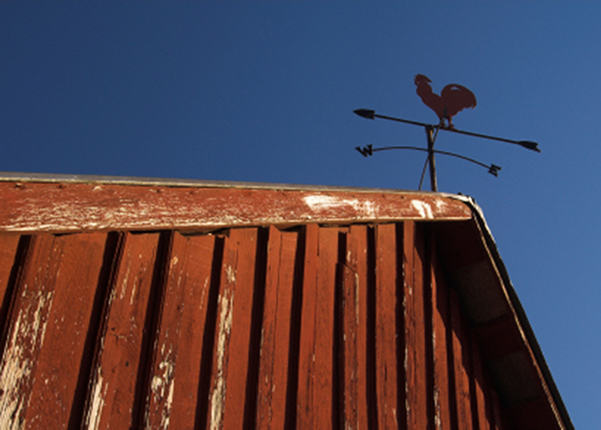 |

|

|

|

|
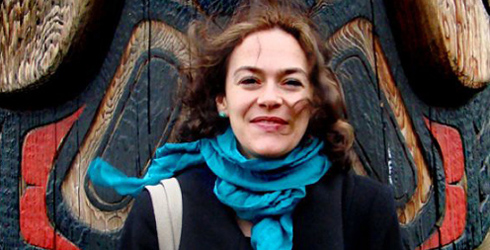
|
|
You have lived, worked, and researched in some of the more remote places in our world, Nepal and Mongolia and Indonesia, as well as navigating urban spaces such as New York City - How have these experiences shaped your perspectives for bringing about transformative and sustainable possibilities?
That is a great question, but also a difficult one. Many of the places that I have been drawn to work share a theme of rebuilding and restoration amidst times of transformation and change. To give you a few examples, I worked in Indonesia not long after the 2004 tsunami. I spent nearly a year in Mongolia as an emerging and very young democracy. And my work in Nepal occurred through periods of civil instability and strife. Because of this, I am particularly interested in understanding resilience within transformation. There is a lot of interesting work on resilience and the elements and principles that guide us through significant changes that occurs on the personal level and the community level. Some of these principles include creativity and the ability envisioning a multitude of new different scenarios, flexibility, courage, and adaptability in moving forward toward something new, calculated risk and mistake making, and the ever important ingredient of empathy and relationship building. |
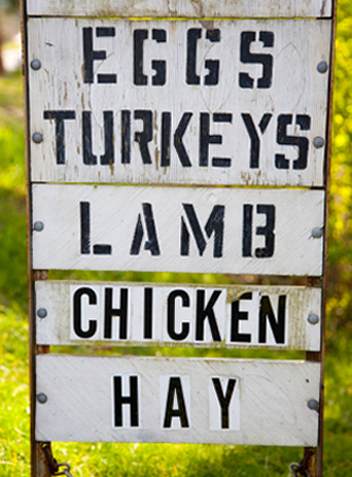
|
How have these experiences enlivened, guided, informed and propelled your current endeavors as Founder and Principle of Taking Root?
My mission and my work is centered around strengthening communities. As part of that, Taking Root really emerged with a goal of understanding food and agricultural systems as central to strong communities and bringing greater understanding of the role of agriculture to human relationships historically, culturally, economically, environmentally. When I started Taking Root, the guiding principals for my work were: Partnership and Collaboration, Cultivating Love of Place, Celebrating culture and heritage, and creating thriving economies. Since I began two years ago, Taking Root has really shifted. It started almost solely as a travel business that focused primarily on culinary -tours and developing a new, more hands-on model of agri-tourism. Nowadays, Taking Root is much more dynamic. Of course, I still offer a suite of tours for the intrepid traveler who wants to really connect with their food choices through agriculture. But, I am also working on much more “meaty” economic development projects as well. Currently, I am working with a farm in the Hudson Valley to develop their own suite of agri-toursm and hospitality opportunities. I am also working on 2 major aggregation and distribution projects, one is assessing and developing infrastructure at the state-level, and the other is developing aggregation and sales software with a national scope. In both cases, we are working to better understand how we can support small and midsized local farms by shortening the supply chain. This is particularly important in a region like ours because whether we are talking about meat production, apples, or tomatoes, or any other crop, the northeast is full of smaller and mid-sized farms. That is a problem because our current infrastructure and distribution chains are better able to deal with longer supply chains than the shorter, more localized supply chains. This is something that I wrote about last year in a blog for the Huffington Post. |



|
Even with the incredible groundswell of enthusiasm for local food, many communities purchase only a tiny percentage of their daily calories from local producers. If we want to support local farmers and farms, this simply has to change. And one of the biggest leverage points for change will be institutional purchasing. So, through Taking Root, I have been working on a a number of research projects that help us to strategically re-envision aggregation and distribution of local food products.
Again, it circles back to building new, and oftentimes, uncommon partnerships, showcasing local and artisanal products, and creating new markets for local products that encourage more thriving localized economies. It’s great, because alongside designing learning journeys into agricultural communities and focusing on agricultural products, I am also examining the infrastructure of these communities and the product transportation. We have a long way to go - but I do believe that it is going to come down to strengthening relationships across the “food chain.” Part of that is creating a deeper relationship between people and their food and recognizing that food is so much more than a consumer product - that it is a part of the land, a product of human labor, a story all on its own. Once we begin to see all the connections of food, we also see ourselves as part of that story and we can make new meaning through the way we feed our families; digging into the deep roots of our traditions to showcase and celebrate seasonality and health. Food is so central to our lives in every possible way. If we really begin to appreciate the how central food and agriculture is to all aspects of our lives, our relationship to food will change. It is something we need to really respect.
|
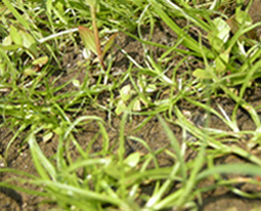
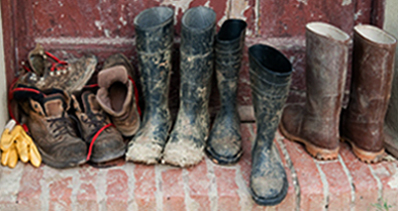

|

|

|

|
|
Taking Root also expands and restores citizen awareness of local food sources, engages local farmers by strategizing agricultural and conservation practices, bolstering local economies and highlighting artisanal traditions – how does this happen?
I have already talked about that a bit, but I think that a lot of this happens by building a relationship to the product, the people that make the product, and the land that provides for us. When i lived in Mongolia I lived with a nomadic ground in the eastern part of the country. There were no grocery stores, no outlet malls, etc. So, part of life on the steppe centered on cultivating sustenance. And, while it sounds like such a cliche, you think about food differently when you work for it. The same is true for the tours that we do, we may focus on a product and really learn some of the characteristics, nuances and temperaments of the product - cheese, oysters, wine, apples. I guess I think of it this way, the more you know about the more you can appreciate and love it. And our relationship to food really changes when we understand and fall in love with it - and not just the full feeling that it gives us. Your work encompasses the hyper-local within the context of global challenges, such as climate-change and environment, consumer behavoir, policy and infrastructure, public health and community wellbeing – How does your work impact locally and inspire globally relevant outcomes? While my background is absolutely focused on sustainable development issues internationally, more and more I do focus on the local spaces. I recently read an article by a colleague, Shannon Hayes, talking about some of the distortions of looking at local agriculture cure global hunger. We put a lot on our farms and farmers (and on the food movement). Shannon points to a moment in history when an industrialized food system began to develop the technologies to solve solve global hunger. Instead of ending poverty and hunger, it has fractured our mechanisms to feed ourselves. It has stripped communities of their farmland, taken away our agricultural know-how, and compromised soil fertility. And with the arrogance of believing that the problem was solved, we also turned our backs to creating technologies that could really contribute to supporting viable local economies that can feed themselves. Although we have gained a lot in the last fifty years, we have also lost a lot. The global food system is a mess and I think that many of us believe (strongly and empirically believe) that the solutions lie in (re)building local resilience. So part of that happens politically and through rebuilding infrastructure to accommodate the drivers of local business. |
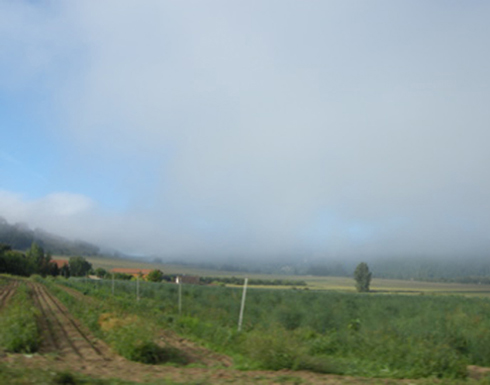
|
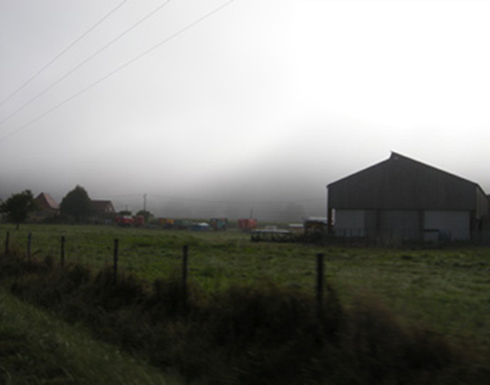
|

|

|

|
| From a very personal perspective, I wonder if the strength, tenacity and resiliency of our human networks might be the best indicator of success. I do understand that it is a lot more complicated than that, however, when it comes to resilience - whether we’re looking at weathering the impact of recent hurricanes, or the fear of surviving a zombie apocalypse, to some extent we rely on our friends, neighbors, and community members. I recently saw Bill McKibben speak at a conference and one of the poignant take aways from his speech was that Americans today have half as many close friends as we had fifty years ago, we eat half as many shared meals with friends and family as we did fifty years ago, and we have fewer surrounding people that we think of as confidants. Maybe it is because we have swapped out interdependence within our communities for dependence on the internet, the grocery store, and modern day convenience. This comes at a huge cost for our communities. So, success will be measured in reweaving closer relationships between our neighbors and our communities. It will be reflected in our happiness and a healthy dose of self-reliance. And our dependence on our communities will help to reinstill deep values around care and stewardship for ourselves, for each other, and for our land and our natural resources. |
|
A beautiful aspect of your work embraces celebration, adventure, heritage, sustainable futures – what is this all about?
You are so right, I see celebration is a huge part of my work.
Tourism, is generally understood as a moment of temporary leisure that marks a time of contrast to our day-to-day responsibilities and especially to ‘work‘ - it’s an easy next step to incorporate moments of celebration into travel. I try to leverage those celebrations as moments for the participants themselves, but also to create larger scale celebration that links to the traditions, of communities, of history, and of our heritage of the farms and other rural spaces that we visit. Wasn’t it Rachel Carson who said that we are more likely to protect and support the people, the places, the communities that we love? When travel is designed thoughtfully, it takes you into a place and makes you feel like you are a part of it. |
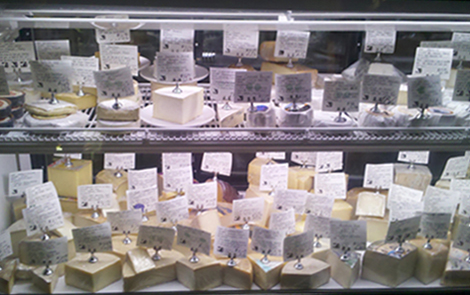
|
|
What are you most excited about at the moment - Do you feel as though you have tapped into a purpose?
That is such a tough question. It’s hard to feel that in every moment, but if I look back on the trajectory of my life and my life’s work, it seems so clear that there has been a path. And, I certainly try to listen and to be led toward the next milestone on that path. And I feel very lucky and intensely grateful to have had the career and experiences that I have had. I am very excited about the conversations and the level of thought that I see around food systems, agriculture, and sustainability. I have had period of my life when I think, “It’s all been done before, what could we do that is new?” But these days, I see so many open ended conversations for practical and achievable goals for change in our communities. |
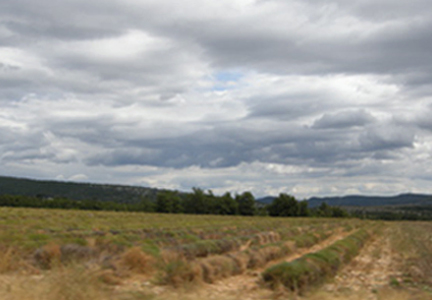
|
As someone with a research background, I get really excited to see a focus on generating empirical research, defining and asking specific questions, gathering baseline data, and thinking strategically about how we can support farms in our areas as businesses. I see a lot of positive change. I am very excited about the research on aggregation and distribution and hope that we can find some clear ways to support local producers through institutional buying.
The creativity is there, we can see possibilities for an alternative future, we can envision how we might get there, and we are looking to strengthen relationships across communities. I recently read the Helen Keller quote that: "Security is mostly a superstition. It does not exist in nature, nor do the children of men as a whole experience it. Avoiding danger is no safer in the long run than outright exposure. Life is either a daring adventure, or nothing." I am trying out my dream space as a place to try on new futures, and new creative ideas. I suppose we all believe that dreams should be daring, but even better when we use them as a platform to live our lives that way. |

|

|

|
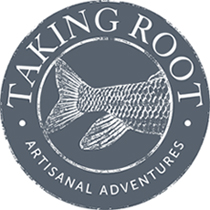 |
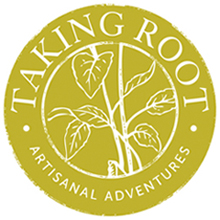 |
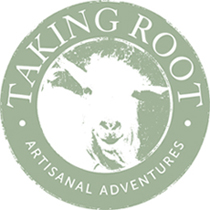 |

|
| MAIN | | | JAN 2013 | | | FEB 2013 | | | MAR 2013 | | | APR 2013 | | | MAY 2013 | | | JUN/JUL 2013 | | | AUG 2013 | | | SEP 2013 | | | OCT 2013 | | | NOV 2013 | | | DEC 2013 | | | HOME |
